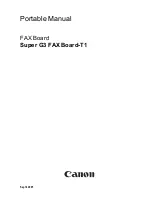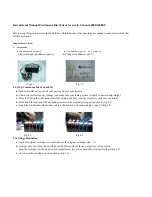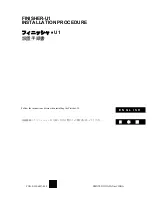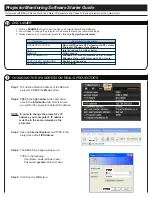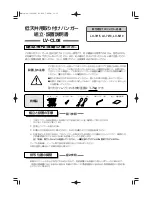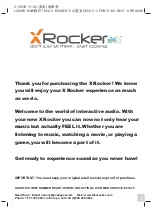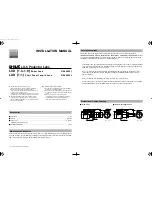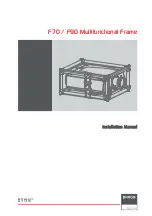
7
Using the machine
PAD-V
INSTRUCTION
MANUAL
MITA-PAD-V-MAN-IT-
201812
© MITA Cooling Technologies
S.r.l.
42 / 59
7.2 Limits of use
7.2.1 Liquid to be cooled in the closed circuit
The fluid to be cooled is generally water, or a solution of water and glycol in case of installation in cold
climate places.
If the liquid in the primary circuit is of a different nature, contact the MITA Cooling Technologies S.r.l.
Technical Office as the battery must be built with suitable materials.
With regard to the use of glycol water solutions in different percentages (as frost protection for the
circuit), please note that the different characteristics of specific heat and viscosity determine, especially
at low flow rates, just as many differences in the thermal yield of the machine, already considered in
the dimensioning phase.
Increasing the glycol percentage in the primary circuit leads to a more significant head loss in the
battery, thus reducing the thermal yield of the appliance.
To avoid any alterations in performance, it is advisable not to change the glycol percentage from that
for which the machine was designed.
The design flow rate values of the liquid being cooled must be observed.
7.2.2 Winter operation
In areas where winter temperature drops below 0°C, dry running ensures that no ice will form in or on
the components of the cooler, as long as the following precautions are taken:
• The heat exchange batteries must be filled with water and glycol in a percentage appropriate to the
minimum outside temperature expected;
• Empty the water collection tanks by opening the manual emptying valve.
• It is recommended to insulate the water feed and return pipes to the batteries.
ADDITIONAL INFORMATION ON THE FORMATION OF ICE IN THE BATTERIES
• Water in the pipes will start to freeze at the point of contact with the pipe wall with the process
slowing down as the ice reaches the centre.
• When water freezes in pipes, it increases in volume by about 8%, meaning pipes invariably burst.
• In the absence of thermal load and in the coldest periods it is advisable to add an antifreeze solution
(usually ethylene glycol) to avoid freezing in the heat exchange batteries. If this is not possible, the
closed cooling circuit must be designed to maintain a minimum flow rate of fluid circulating in the
batteries and possibly a reduced thermal load to ensure that the temperature is at least 10°C
(measured by a probe in the battery outlet connection).
• Contact MITA Cooling Technologies S.r.l. Technical Office for further information.
WARNING
Draining the finned tube batteries as frost protection method is strongly discouraged,
because the oxygenation inside the tubes is likely to give rise to oxidation and corrosion
phenomena.































